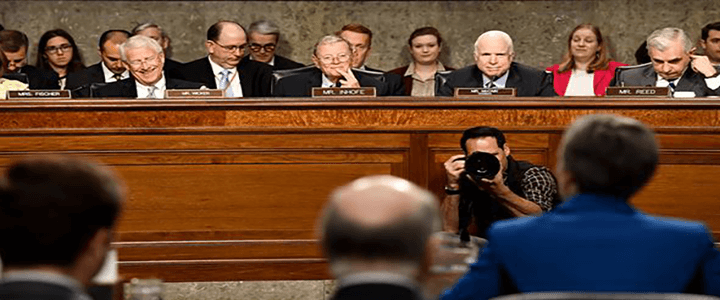If you hold a security clearance or have applied for one in the past two years, you know security clearance processing times are slow. It’s not uncommon to submit your SF86 – and then be contacted by an investigator 12-months or more later.
The processing time for a top secret security clearance was 501 days in the fourth quarter of 2017, according to National Background Investigation (NBIB) figures reported to the National Industrial Security Program Policy Advisory Council (NISPPAC). A recently released Government Accountability Office (GAO) report also shows the downward spiral began in 2012, and has been worsening since.
The report noted in fiscal year 2012, 27 percent of agencies met investigation and adjudication goals for secret clearances in at least three of the four quarters. Fifty-nine percent met those objectives for top secret clearances.
By 2016, those figures dropped to just two percent and 10 percent. The government has never been particularly great at meeting its processing time timelines, but the data shows that in 2016, an abysmal 2 percent of secret security clearances were processed according to the timeliness objectives established by the Intelligence Reform and Terrorist Prevention Act (IRTPA).
Perhaps most discouraging is the fact the timeliness figures reporting automatically discard the slowest 10 percent, and report on the fastest 90 percent. If you’ve recently applied for a security clearance and experienced the sentiment that your investigation is languishing somewhere for months at a time, your fears are not unfounded.
In addition to agencies completely disregarding the timeliness guidelines of IRTPA, across the agencies the GAO reviewed, they found the number of days to complete just the investigation phase for the fastest 90 percent of initial top secret cases for the final quarter of 2016 ranged from 26 to 459 days. Tacking on the inition and adjudication phases (which have also seen delays in the years studied), and the processing time for a top secret security clearance was often well over 500 days in 2016.
What to do about the delays
The delays are significant. They’ve generated congressional hearings and gave the Defense Security Service the fodder it needed to push for a (re)takeover of Department of Defense security clearance investigations. The jury is out if any of these efforts will cause the changes needed to truly reform the process. The one thing that’s clear is that while there has been a lot of talk about reforming the system, the policy framework is still the same.
At a summer conference for security managers NBIB Director Charles Phalen complained that current national security program is, ‘like a 1947 Chrysler we’re still driving.’ He’s pushed to make the reforms he can, including identifying pain points and working to make the background investigation interviews more intuitive and less formulaic.
As a security clearance applicant, there are things you can do to improve the process, specifically making sure your SF86 is as accurate as possible, and you’ve followed all directions carefully. That won’t necessarily make your clearance process headache free, but it can save you from the months of delays caused by a sloppy form.
The transfer of background investigations may seem like a major reform, but it likely won’t shift things significantly unless the policy changes, as well. When it comes to processing timelines, the government is about as likely to update its timeliness goals as it is to make those major reforms.




